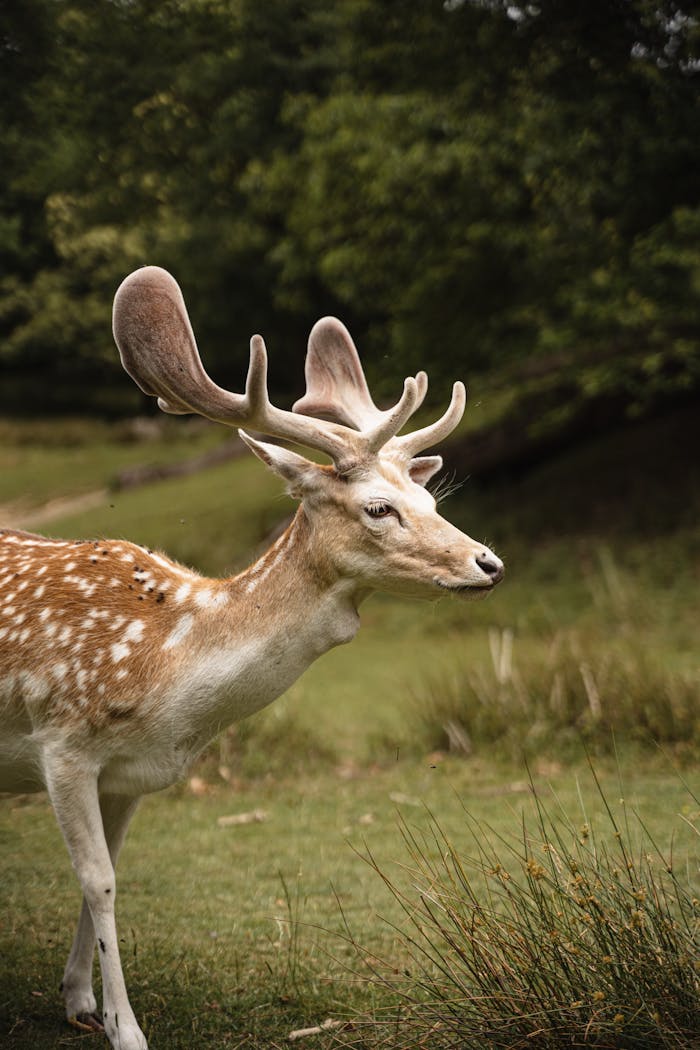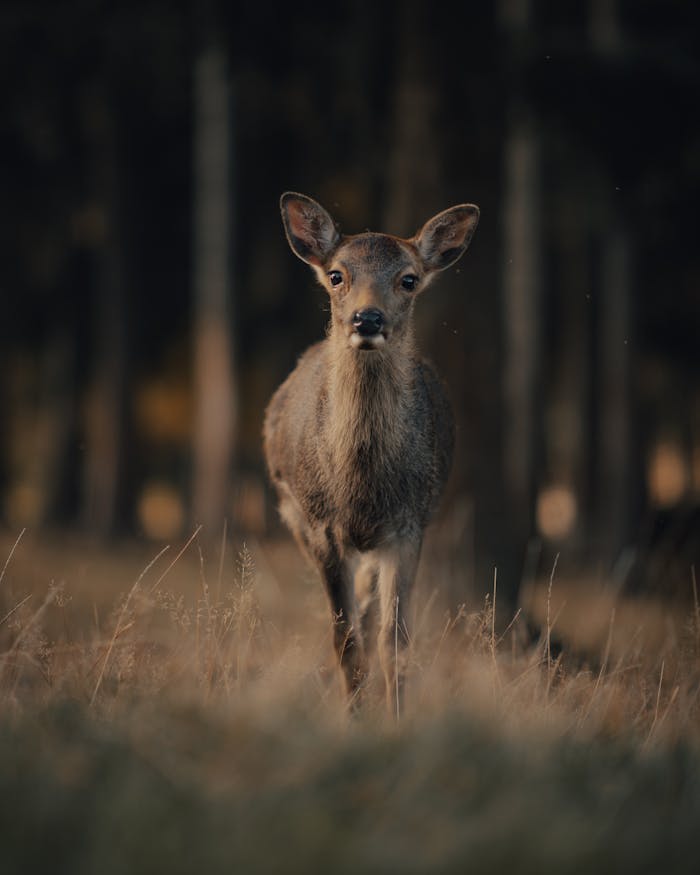Antlers are one of the most noticeable features of male deer. Hunters love finding big antlers to hang on their walls or use as decorations. But when exactly do deer start growing their antlers? Let’s explore the answer and learn some cool facts about deer antlers.
When Do Deer Grow Their First Antlers?
Male deer start growing antlers in their first year, but at first, these antlers are small. They only grow big and impressive when the deer become mature. Every year, deer lose their old antlers and grow new ones. This makes antlers different from horns, which don’t fall off and regrow.
How Does the Antler Growth Cycle Work?
-
Winter: Bucks shed (drop) their antlers after the mating season ends.
-
Spring: New antlers begin to grow again.
The whole antler growth process changes with the seasons.
Why Don’t Baby Deer Have Antlers?
Deer babies, called fawns, are born in spring. They don’t grow antlers during the first few months because they need to drink milk from their mothers. Antlers would get in the way! Also, young male deer don’t need antlers until they are ready to compete for mates.
What Is the Rutting Season?
The rut is the mating season for deer, usually in late fall and early winter. During this time, male deer use their antlers to compete for females.
What Are Pedicles?
Before antlers grow, male deer develop small bumps on their skulls called pedicles. This starts around 4 to 5 months old. These little bumps look like buttons, so young males with them are sometimes called “button bucks.”
When Do Antlers Start Growing?
Antlers usually begin growing around 10 months of age. This can vary depending on the deer and when it was born. Deer born later in spring may take longer to grow antlers.
Antlers vs. Horns: What’s the Difference?
-
Antlers: Made of bone, grow and shed every year.
-
Horns: Have a bony core covered by keratin (like your fingernails) and stay for life. Goats and sheep have horns.
Deer only grow antlers, not horns. Antlers are mainly for mating fights, while horns often serve as defense.
How Do Antlers Grow?
Antlers start growing in spring covered with soft “velvet” — a furry layer full of blood vessels. By late summer, the velvet dries and peels off as deer rub their antlers against trees. This process can look messy but isn’t painful.
What Affects Antler Growth?
-
Nutrition: A healthy diet with lots of protein helps antlers grow faster and bigger.
-
Age: Antlers grow longer every year until about six years old, then they may get smaller.
-
Genetics and Climate: Family traits and weather also play a role.
Do Female Deer Grow Antlers?
Most female deer do not grow antlers, except for female reindeer, which do have them.
When Do Antlers Grow the Most?
-
Growth starts in April or May.
-
Antlers grow quickly in June, sometimes up to 1.5 inches per week.
-
By July, antlers harden as the velvet sheds.
Antlers are strongest and biggest during the rutting season (September to October for most deer).
What Happens After Mating Season?
After mating, bucks shed their antlers in winter, and the cycle starts over the next spring.
What Are Antlers Made Of?
Antlers are mostly made of calcium and magnesium, with other minerals like zinc, sodium, and sulfur. Some deer even eat shed antlers to get these nutrients back.
Can You Tell a Deer’s Age by Its Antlers?
Not really. While older bucks tend to have bigger antlers, many factors like diet and genetics cause big differences. Two same-aged bucks can have very different antler sizes.
Why Are Antlers Important?
Antlers help bucks win fights during mating and show their health and strength. Hunters sometimes avoid shooting bucks with big antlers to keep strong genetics in the population.
Summary
-
Male deer start growing antlers around 10 months old.
-
Antlers grow every spring, covered in velvet, and harden by summer.
-
Bucks shed antlers each winter after mating season.
-
Nutrition, age, genetics, and weather affect antler size.
-
Antlers are not horns — they fall off and regrow yearly.
Deer antlers are fascinating and more complex than many people realize. Watching them grow and change through the seasons is a natural wonder worth appreciating!

